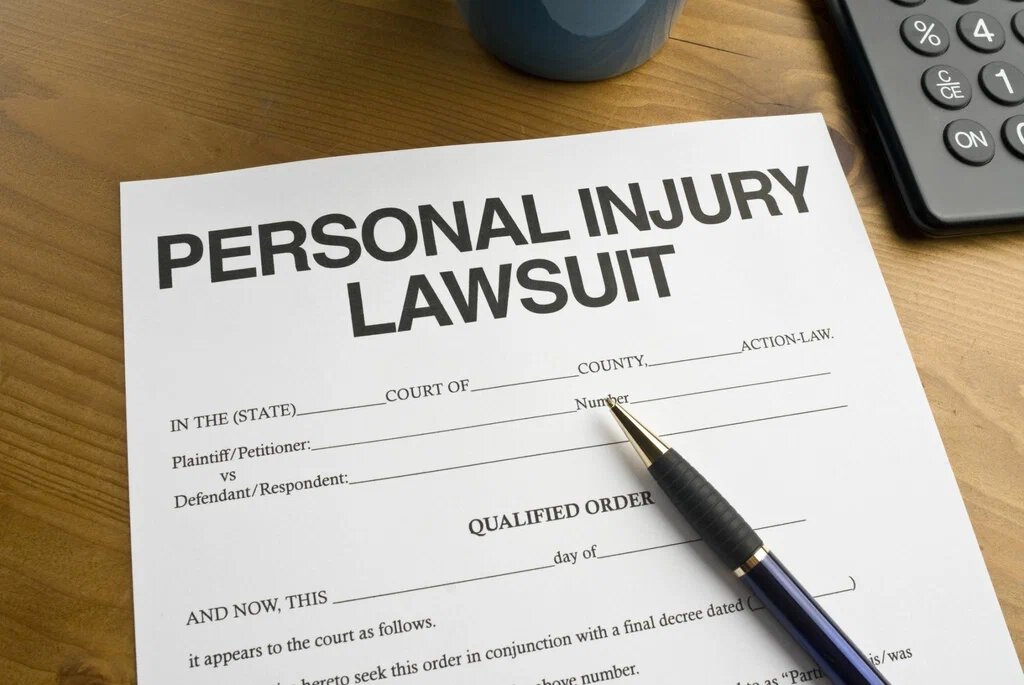Reviews
Investigating Medical Evidence To Support Personal Injury Case Validity

A personal injury claim is fundamentally a quest to restore what was taken—be it health, function, or financial stability. While the legal concepts of negligence and duty of care set the stage, the true performance of any case hinges upon medical evidence. This documentation transforms a claimant’s narrative of pain and loss into objective, verifiable facts that the civil justice system can understand and compensate. Without a rigorously investigated and logically presented medical file, even the most catastrophic events are reduced to mere allegations. The medical records are not just historical accounts of treatment; they are the non-negotiable foundation upon which the validity and valuation of the entire claim rests, establishing the critical link between the defendant’s actions and the resulting physical harm.
The Cornerstone of Causation: Initial Documentation and Diagnostics
The immediate aftermath of an accident is the most critical phase for establishing causation. What the emergency medical team documents and what initial diagnostic imaging reveals often dictates the trajectory of a claim. It’s imperative that records accurately reflect the mechanism of injury, linking the specific trauma to the immediate physical complaints. For instance, a victim recovering from a devastating crash may quickly require the specialized advocacy of a Pensacola motorcycle accident lawyer who understands the severe, high-impact injuries common in these incidents, such as complex fractures, internal trauma, or brain injuries. These records, including initial X-rays, CT scans, and ambulance reports, provide an objective snapshot of the injury at its onset. Failure to seek prompt medical attention creates damaging “gaps” in treatment, allowing opposing counsel to argue that the injury may have occurred elsewhere or was not as severe as claimed. The precision of the initial diagnosis is the first firewall against such defense tactics.
Building the Chronology: Treatment Protocols and Patient Compliance
Causation is only one element; the next is damages, which are built upon the chronology of care. A coherent and continuous record of treatment—from specialist consultations to rehabilitation sessions—proves the necessity of the services received and demonstrates the severity of the injury over time. An interruption or inconsistency in scheduled appointments often suggests to the insurance adjuster that the pain has subsided or the injury is not serious, diminishing the potential value of the claim. This is why clear communication between the patient and their legal counsel is vital. A personal injury attorney Pensacola will closely monitor the claimant’s adherence to their doctor’s treatment plan, recognizing that compliance records are just as important as the clinical notes themselves. Detailed physician narratives that track the patient’s functional limitations, pain scores, and inability to perform daily activities translate abstract suffering into concrete, compensable losses.
Expert Opinions and the Future of Care: Determining Prognosis
When injuries are severe and long-lasting, the focus of the medical evidence shifts from immediate treatment to future prognosis and permanent impairment. This stage requires the testimony and reports of medical specialists who can determine when the patient has reached Maximum Medical Improvement (MMI)—the point where further recovery is unlikely. Once MMI is established, the physician assigns a permanent impairment rating, often using guidelines published by the American Medical Association (AMA). These ratings are crucial because they quantify the residual damage in a format the courts recognize. Cases involving permanent functional limitations often benefit from specialized counsel. In such scenarios, disability attorneys may be leveraged not just for civil actions but also for SSDI claim assistance Florida, as they deeply understand the long-term economic and vocational impact of impairment ratings. Furthermore, life care plans, which project the costs of future surgeries, medications, therapeutic services, and assistive technology, become essential evidence to secure adequate compensation for a lifetime of needs.
Distinguishing Injuries: Navigating Pre-existing Conditions and Aggravation
A common challenge in litigation is the presence of pre-existing conditions, which defense attorneys inevitably use to minimize or deny a claim. The medical evidence must clearly distinguish a new, acute injury from an older, stable condition. More frequently, the case relies on proving the aggravation of a prior injury. This requires meticulous analysis of old medical records to establish a clear baseline of function before the accident. The treating physician must then articulate, using a differential diagnosis (DDX), how the trauma caused a measurable, documented change for the worse in the claimant’s condition, such as increased pain, loss of mobility, or a sudden need for surgical intervention where none was previously indicated. This comparison—old status versus new status—is non-negotiable. Without medical documentation that explicitly connects the incident to the worsening of symptoms beyond their natural progression, the defense can successfully argue the claimant is seeking compensation for an issue they already possessed.
Conclusion
The success of any personal injury claim is not achieved through courtroom drama or impassioned pleas, but through the sober, persistent power of documentation. Medical evidence serves as the non-negotiable proof that transforms an incident of negligence into a verifiable, compensable injury. From the emergency room charts that establish immediate causation to the detailed life care plans that project future financial burdens, the medical narrative provides the necessary structure, clarity, and objective validation. Lawyers and adjusters can negotiate legal liability all day, but they cannot negotiate a documented fracture or a physician’s prognosis for permanent impairment. Consequently, the depth and integrity of the medical investigation are intrinsically tied to the case’s valuation. By rigorously collecting, analyzing, and synthesizing this information, a dedicated personal injury attorney Pensacola ensures the injury victim’s suffering is not only acknowledged but adequately compensated, securing the financial stability required for true long-term recovery and rehabilitation.

-

 World2 days ago
World2 days agoCargo plane plunges into sea at Hong Kong airport; 2 killed
-

 Business6 days ago
Business6 days agoYouTube restores service after widespread global outage
-

 Legal19 hours ago
Legal19 hours agoMan armed with AR-15 arrested after threats to ‘shoot up’ Atlanta airport
-

 Health2 days ago
Health2 days agoMexico reports new human case of H5 bird flu
-

 World7 days ago
World7 days agoCar bomb explodes near shopping mall in Ecuador’s largest city
-

 World21 hours ago
World21 hours agoMagnitude 5.0 earthquake rattles Dominican Republic
-

 World4 days ago
World4 days agoEstonia permanently closes road through Russian territory
-

 World5 days ago
World5 days agoU.S. Special Operations helicopters spotted near Venezuela




